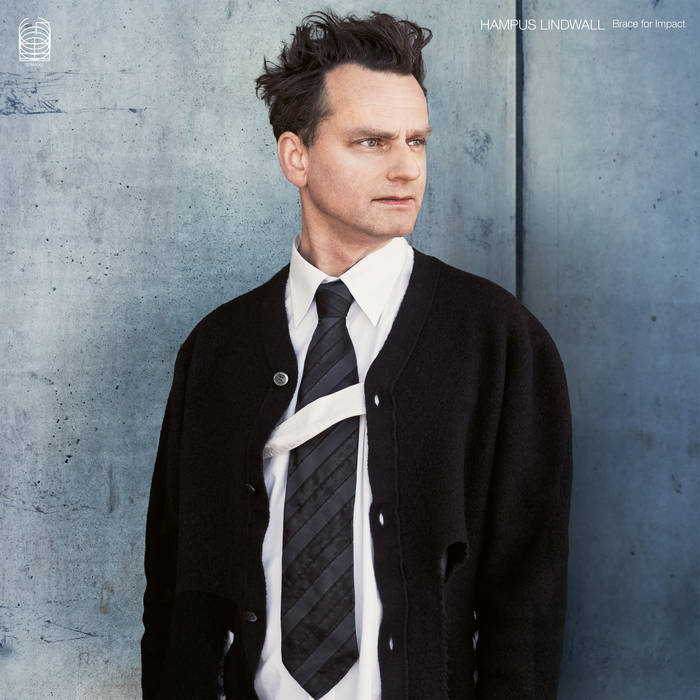For Hampus Lindwall, the pipe organ is a playground. The organist and composer makes music that explores its textures and resonances, using it as both a vehicle for powerful chords and delicate rhythmic lattices. On Brace for Impact, he presents five pieces that highlight his experimental approach to the instrument, foregrounding off-kilter rhythms and tumultuous melodies. His music is eerie and light, ancient and futuristic, in equal measure. By experimenting primarily with the textural aspects of the organ, he showcases the instrument’s remarkable flexibility.
Though the organ’s origins trace back centuries, it’s a main player in the current contemporary classical and experimental music scene. Many leading composers work with organ drones: take the limitless harmonies of Ellen Arkbro, or the haunted whispers of Sarah Davachi’s endless hums, for example. Lindwall carves his own path on the instrument, asking how he can use it to play dance music rooted in the sound and texture of the organ. ‘90s raves, after all, were how he got started in music. With Brace for Impact, he seeks to show how the organ, too, can embrace the freedom and vibration of the dance floor.
Syncopation is the most distinctive aspect of the five pieces on Brace for Impact, often driving its unconventional structures. No two rhythms feel the same, nor do they loop in step; instead, they’re a little off center, and always running at full speed. They buzz beneath his organ’s longer tones, always ready to pounce, or veer, or transform. This is most evident on tracks like ‘AFK’, a chaotic repeating pulse fit for a late-night rave, and ‘Swerve’, which builds from an uncanny beat that feels like electrified water droplets falling just out of pace.
What makes these patterns stand out is Lindwall’s embrace of dissonance. His ever-evolving vibrations often clash; his melodies and harmonies often foreground dissonant intervals. On ‘À Bruit Secret’, for example, Lindwall alternates between bubbling riffs and imposing chords. These collisions drive the music’s feeling of being just a little bit real and unreal at the same time. And then there’s the title track, which is an anomaly from the rest of the record. Here, Stephen O’Malley’s guitar crashes like lightning into Lindwall’s panting runs. They’re two forces, from outside, or above, or below, in a race to the finish line. It’s like a reminder that the present is past and the future is coming whether you want it or not. Why not let the organ, who has seen it all, be the spaceship that takes you there?


